A mortise lock is a lock requiring a pocket—the mortise—to be cut into a piece of furniture or the edge of a door into which the lock is to be fitted. Mortise locks are typically found on older, pre-bored cylindrical lock structures worldwide; however, they are increasingly used in high-end commercial and residential construction. In addition, the style is prevalent in domestic buildings of most eras. Read More…
Lowe & Fletcher, Inc. has been a leader in the lock manufacturer industry since 2000. We have a diverse range of locks, from simple mechanical locks to electronic locks. If a customer needs more diverse locking requirements, we offer custom solutions to fit their needs.

Our specialty is custom hardware fabricated to your specifications. Our lock manufacturing capabilities include 3-slot and key locks, pad locks that are keyed solid brass, long shackle solid brass padlocks, disc padlocks, combination locks & key locks with briefcase hasp. Quality locks since 1925! We care about offering our customers quality products & service. Visit our website or call us today!
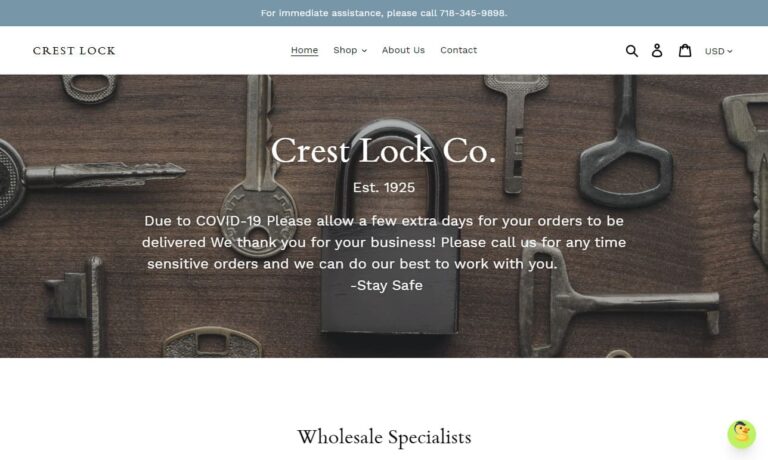
At Ranger Lock, we’ve been committed to creating more secure locks and lock guards since we opened the doors to our company all the way back in 2002. One of our most popular products, the ATF-Compliant Lock Box, is consistently a best-seller from the Ranger Lock online store due to its rugged construction and durability. When you need a fully ATF-compliant lock guard, you need the Ranger Lock...
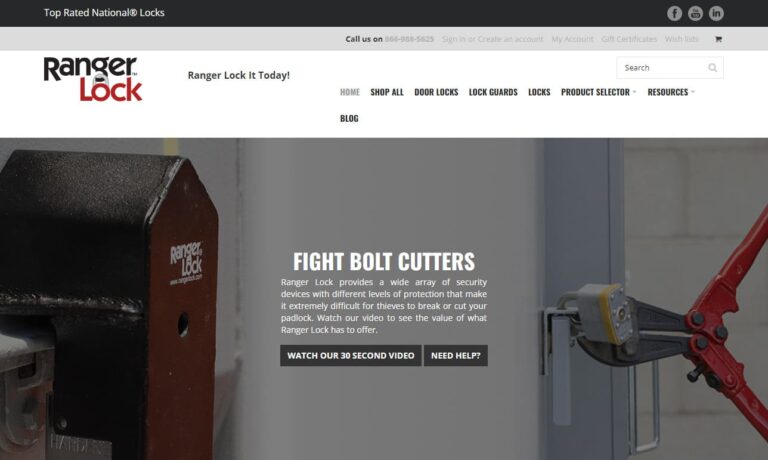
Mul-T Lock is known as a worldwide leader in the lock manufacturing industry. We pride ourselves on being leading innovators of lock manufacturing with our state-of-the-art technologies and customized equipment. We are ISO 9001 2000 and ISO 14001 certified.
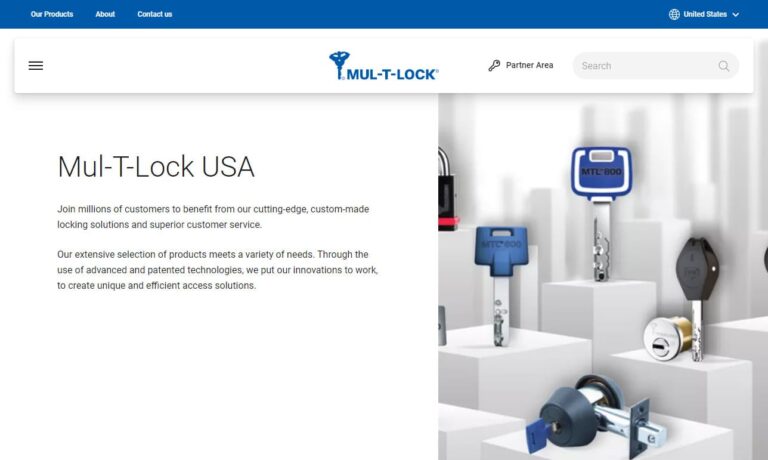
More Mortise Lock Manufacturers
Mortise locks are constructed from various mechanical components that have oddly weird shapes and are housed in a box made of thick gauge steel with circular and square holes that almost appear to be part of a secret code. The "body" of mortise locks is enigmatically concealed inside a recess carved into the edge of the door. As a result, mortise lock installation is often NOT a DIY project.
Although mortise locks are supposedly stronger than bored cylindrical locks, door construction may be compromised by a mortise lock cut. However, their adaptability provides more leverage than cylindrical locks, lasts longer, and allows for more architectural compliance with existing security systems. In addition, older houses may have mortise locks normally opened with a skeleton key.
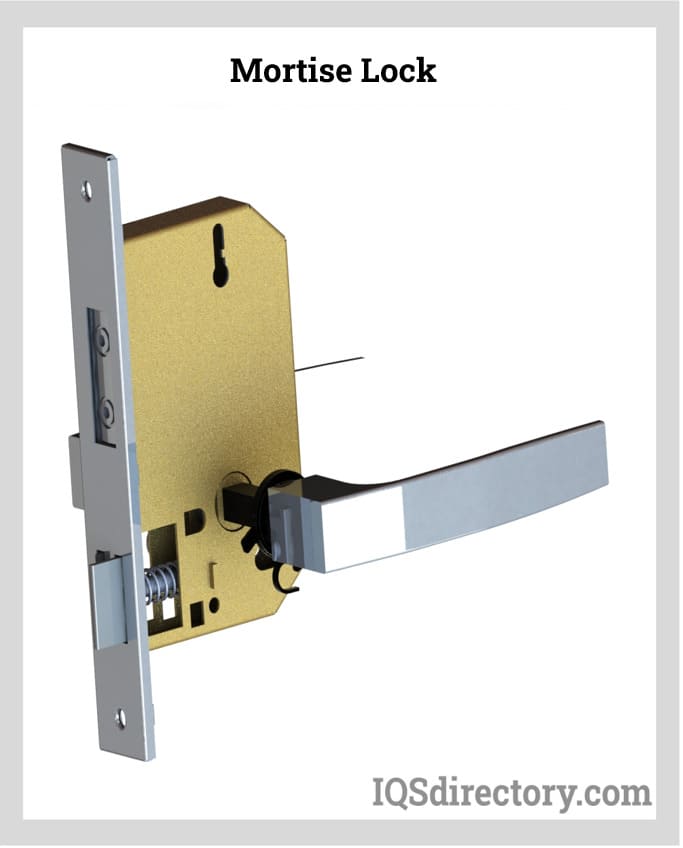
Mechanism
A mortise lockset is made for doors with mortise locks, which entail installing a box lock into a deep slot, or "mortise," in the door's edge. Mortise lock sets come with a backplate, door knob, box lock, and all the necessary hardware and come in various traditional designs.
A non-locking spring latch operated by a door handle is an option for mortise locks. Sash locks are used for locks like these. A deadlock is a basic design without a handle or latch. Deadlocks, often a pin tumbler rim lock, are frequently used as a secure fallback to spring non-deadlocking latches.
Lever locks have historically been used as a mechanism in mortise locks and are still used often today. Aged mortise locks could have used warded lock mechanisms. Although, European parlance refers to lever keys, which has confused the general public.
The lock body, which is installed inside the mortise cut in the door, the lock trim, which can be chosen from a variety of designs of levers, doorknobs, handle sets, and pulls, the strike plate (or box keep), which reinforces and lines the cavity in the door jamb or frame where the bolt fits, and the keyed cylinder, which controls the lock body's locking and unlocking function, are the components that make up a typical mortise lock installation.
Design of Mortise Locks
The four fundamental components of a mortise lock are the lock body, lock trim, strike plate, and keyed cylinder. The component that is fitted into the door frame is the lock's body. The knob or handle used to open the door is the lock trim. The piece that lines the lock hole in the frame is known as a strike plate. Additionally, the lock body's locking and unlocking mechanisms are controlled by the keyed cylinder. Typically, these parts are made of metals like brass, nickel, copper, or steel types.
They come in various finishes to match the structure’s design and are frequently engraved with fine detail, polished, or plated for aesthetic purposes. For a few reasons, a mortise lock is more durable and reliable than a cylinder lock. First, only a lever or key inside can make the deadbolt slide back within the door component because the lock mechanism is concealed on both sides. The bolt is also significantly thicker and longer. Only a skilled locksmith should operate on mortise locks since they are challenging to install and fix. Also, worn pins and springs should be replaced by a professional.
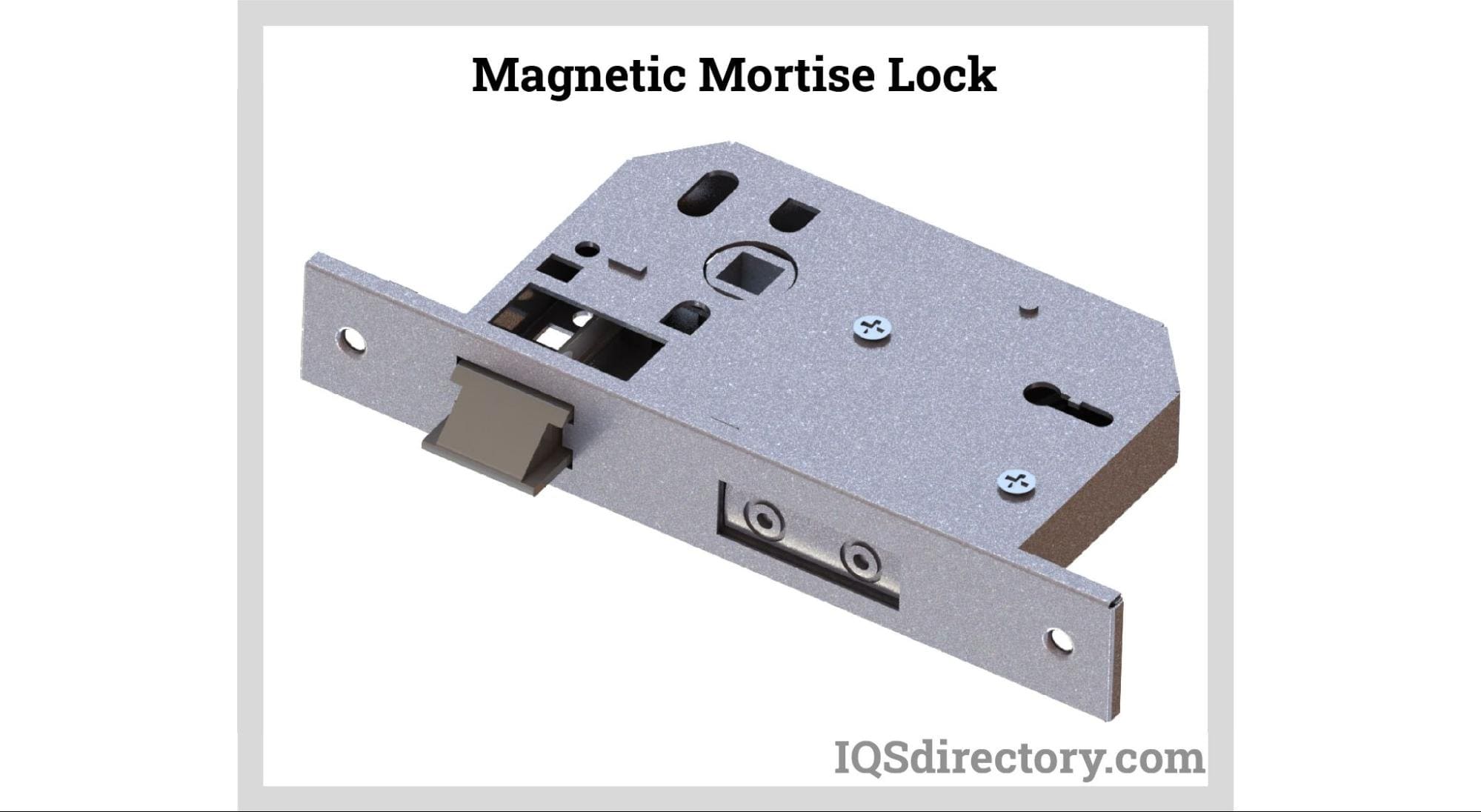
Application of Mortise Locks
Hotels, offices, and affluent houses frequently have mortise locks installed. Even though they are expensive, their prestige increases a building's worth because they offer greater protection than other kinds of door locks. The most frequent door-locking and door-unlocking operations in schools and hospitals include entrances, classroom security, office passages, and storerooms. Unfortunately, although the placement of the latches and the bolt (if present) can provide some hints, it is typically impossible to tell how a mortise lock works simply by looking at the trim.
Mortise lock installation is challenging and requires some carpentry expertise and meticulous measuring. First, a door section must be removed to accommodate the substantially rectangular body of the locking system. This component houses the locking mechanism, which includes the doorknob, handle, lever, and thick, sturdy deadbolt. Next, a metal plate is lined up with the lock body and fitted into the door frame. The bolt, often composed of steel, slides into the opening in the door frame when the key or lever is twisted.
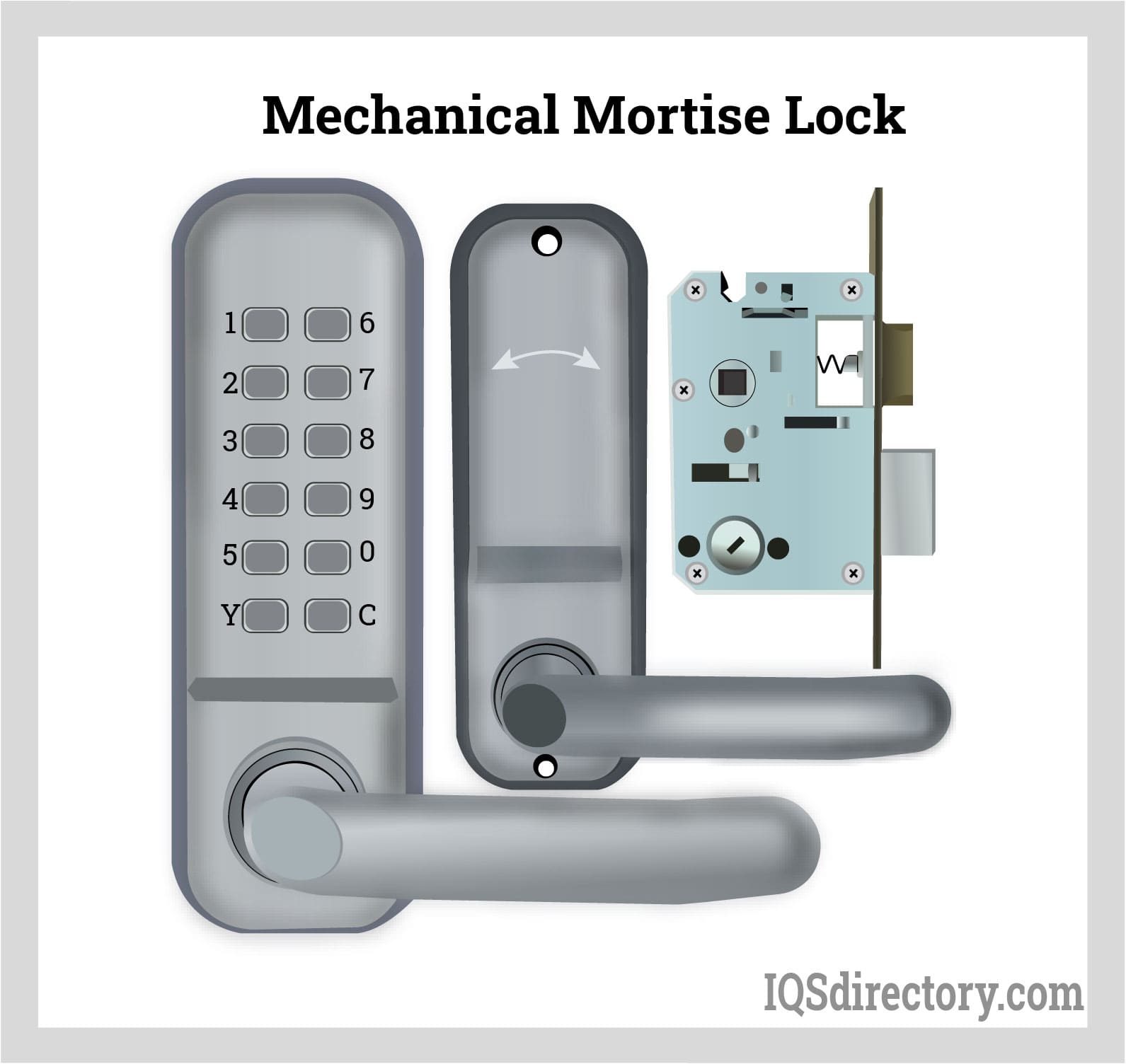
Reasons to Purchase Mortise Locks
Mortise lock purchasers have very clear motivations, which are not at all obscure. They choose them for the following reasons:
- Mortise locks offer trustworthy security.
- Their structure already has mortise locks.
- Their architects specify mortise locks.
- Mortise locks withstand repeated use and abuse.
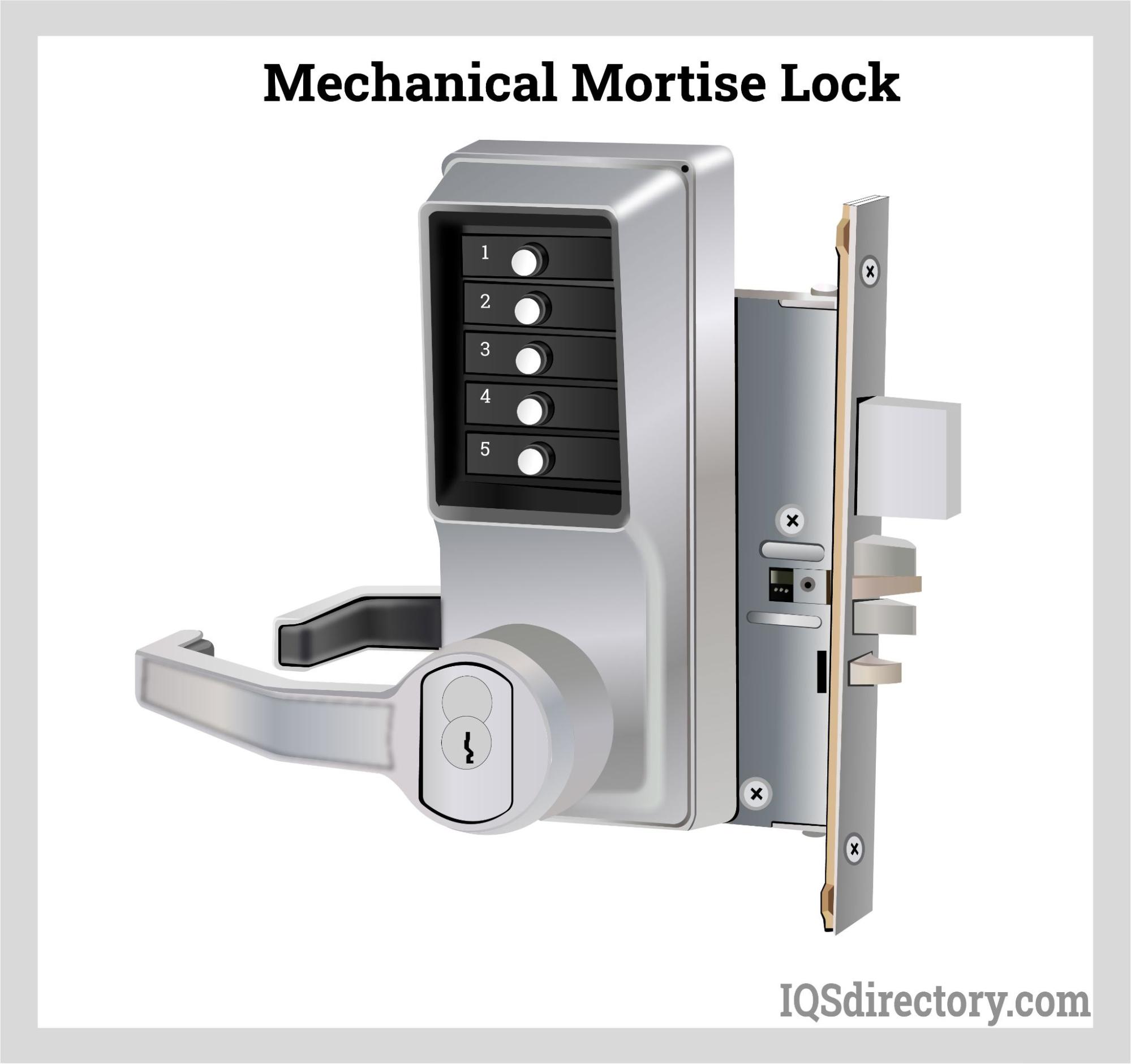
Choosing the Right Mortise Lock Manufacturer
To make sure you have the most beneficial outcome when purchasing mortise locks from mortise lock manufacturers, it is important to compare at least five manufacturers using our mortise lock directory. Each mortise lock manufacturer has a business profile page that highlights their areas of experience and capabilities and a contact form to directly communicate with the manufacturer for more information or request a quote. Review each mortise lock company website using our patented website previewer to get an idea of what each business specializes in, and then use our simple RFQ form to contact multiple mortise lock manufacturers with the same form.


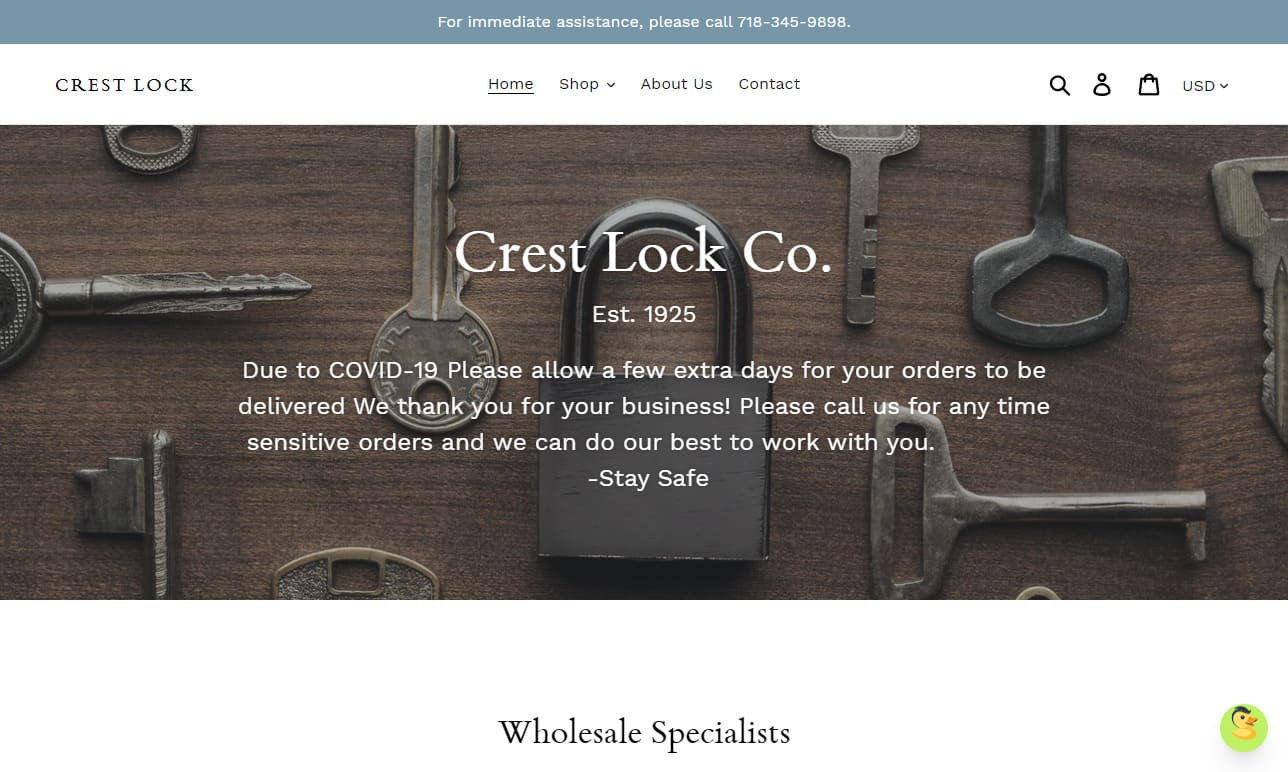
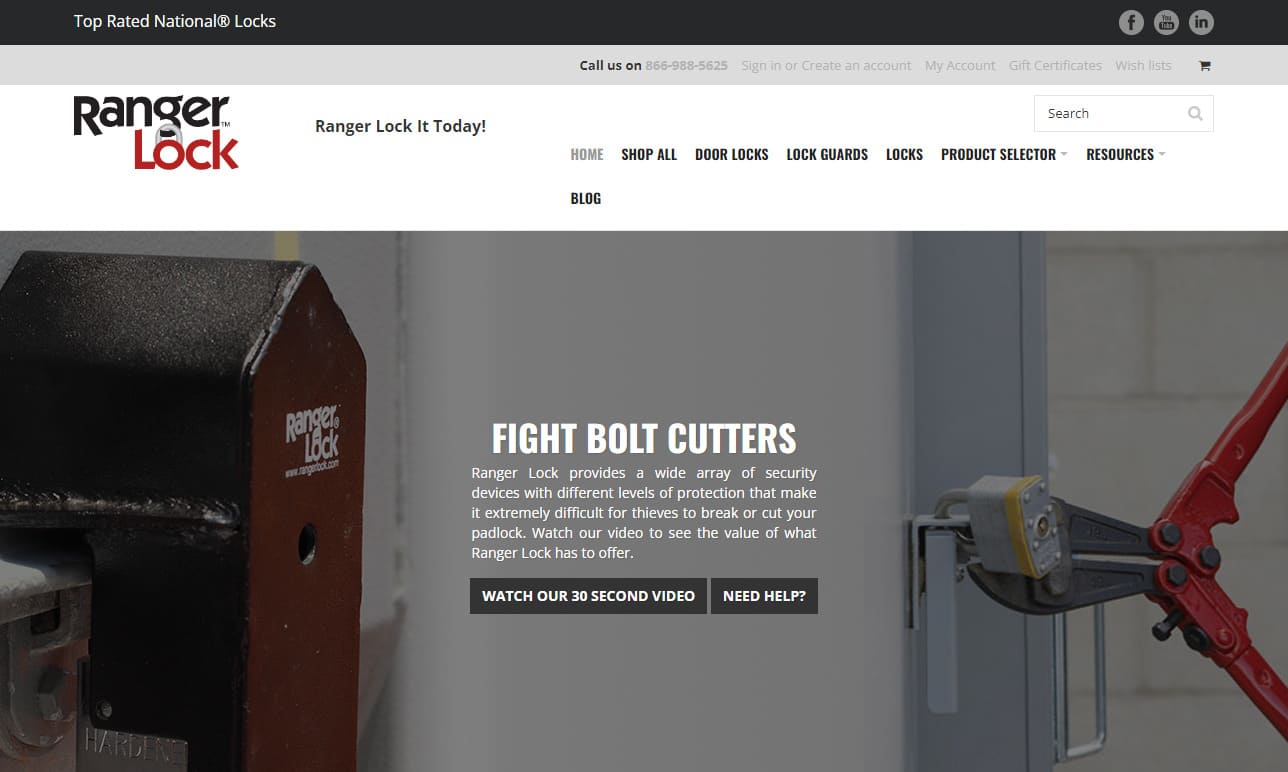
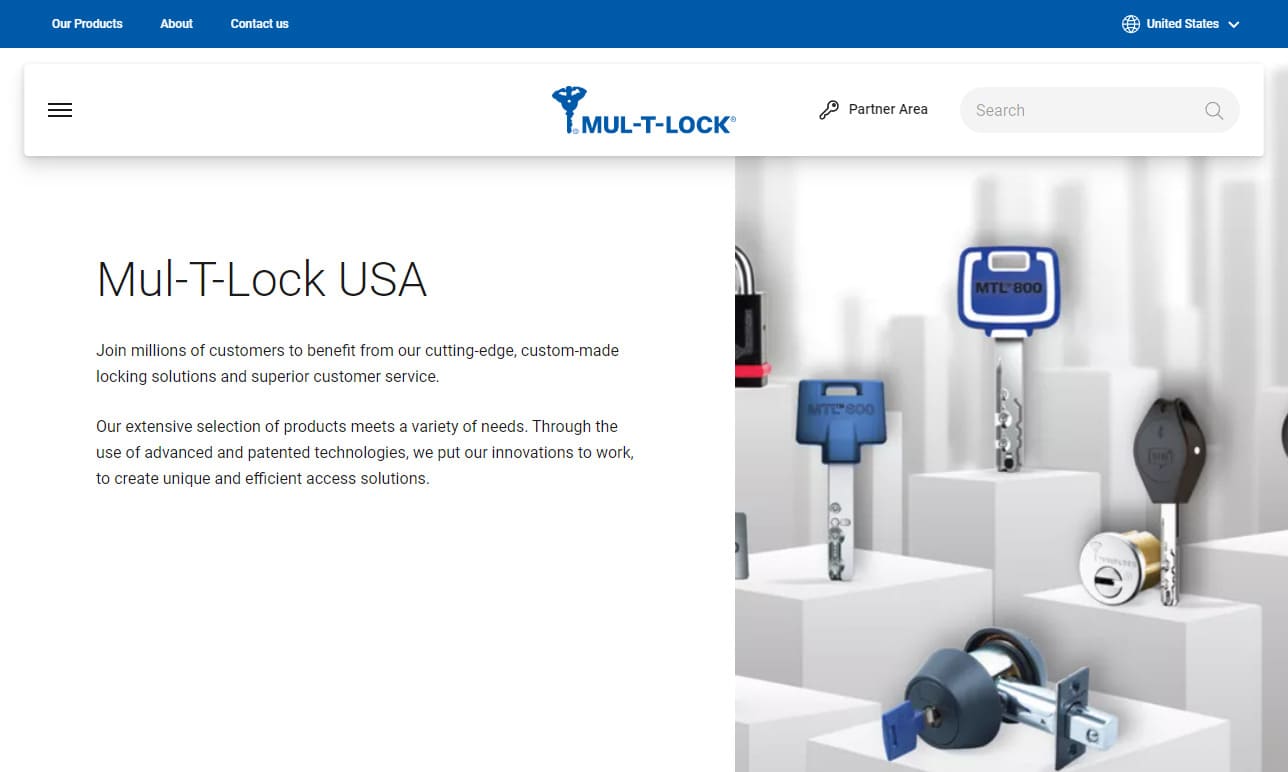
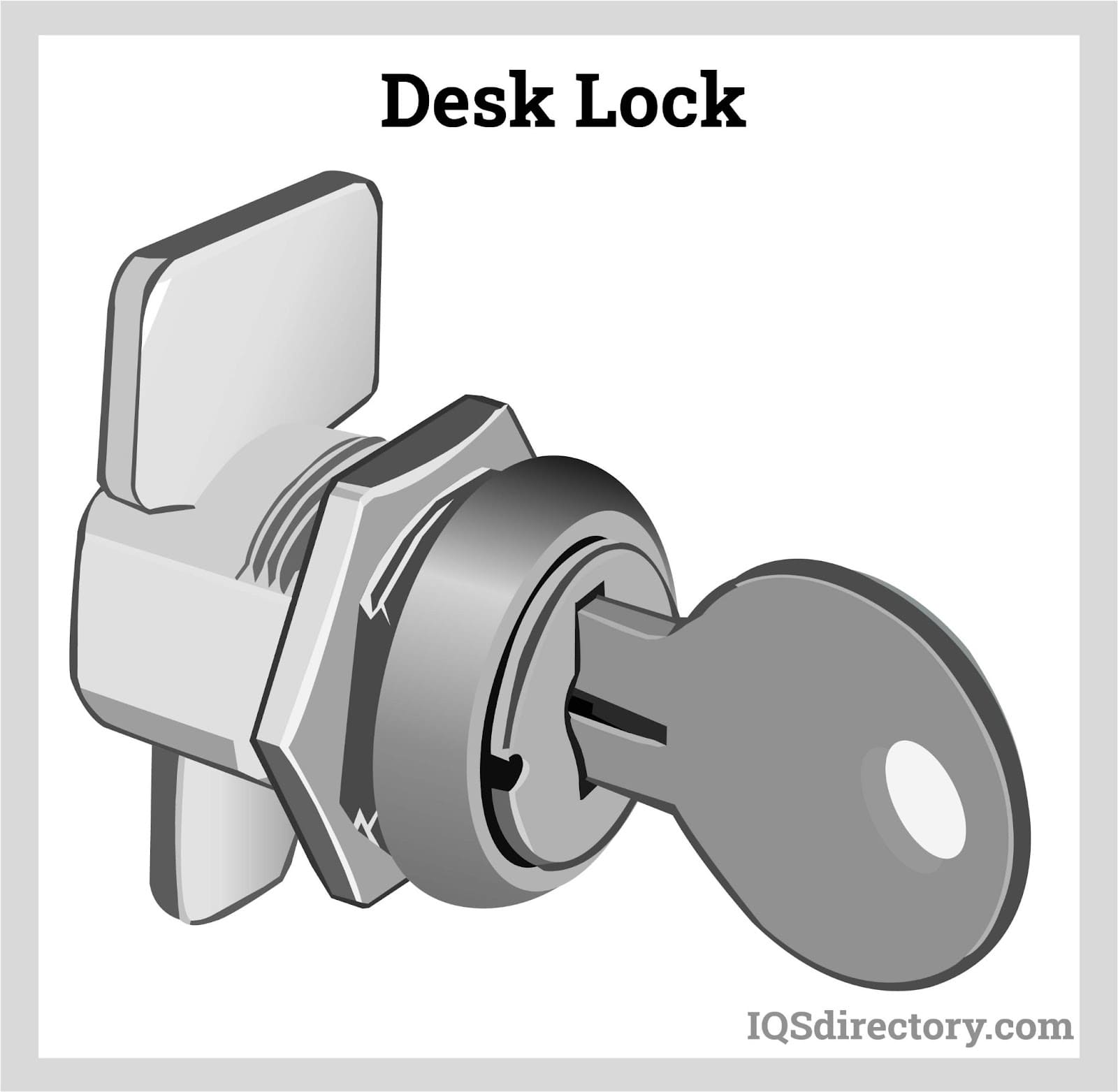
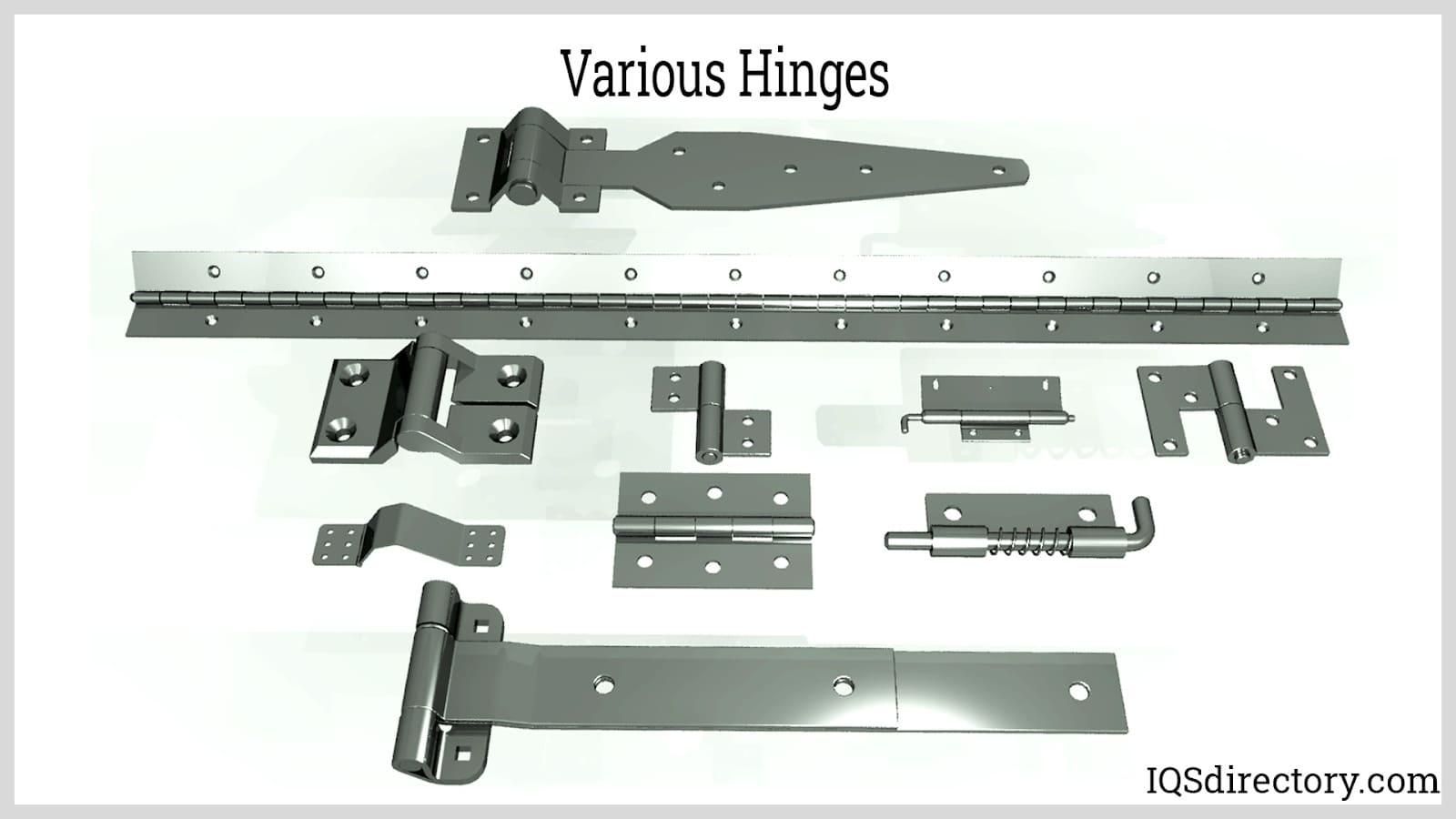
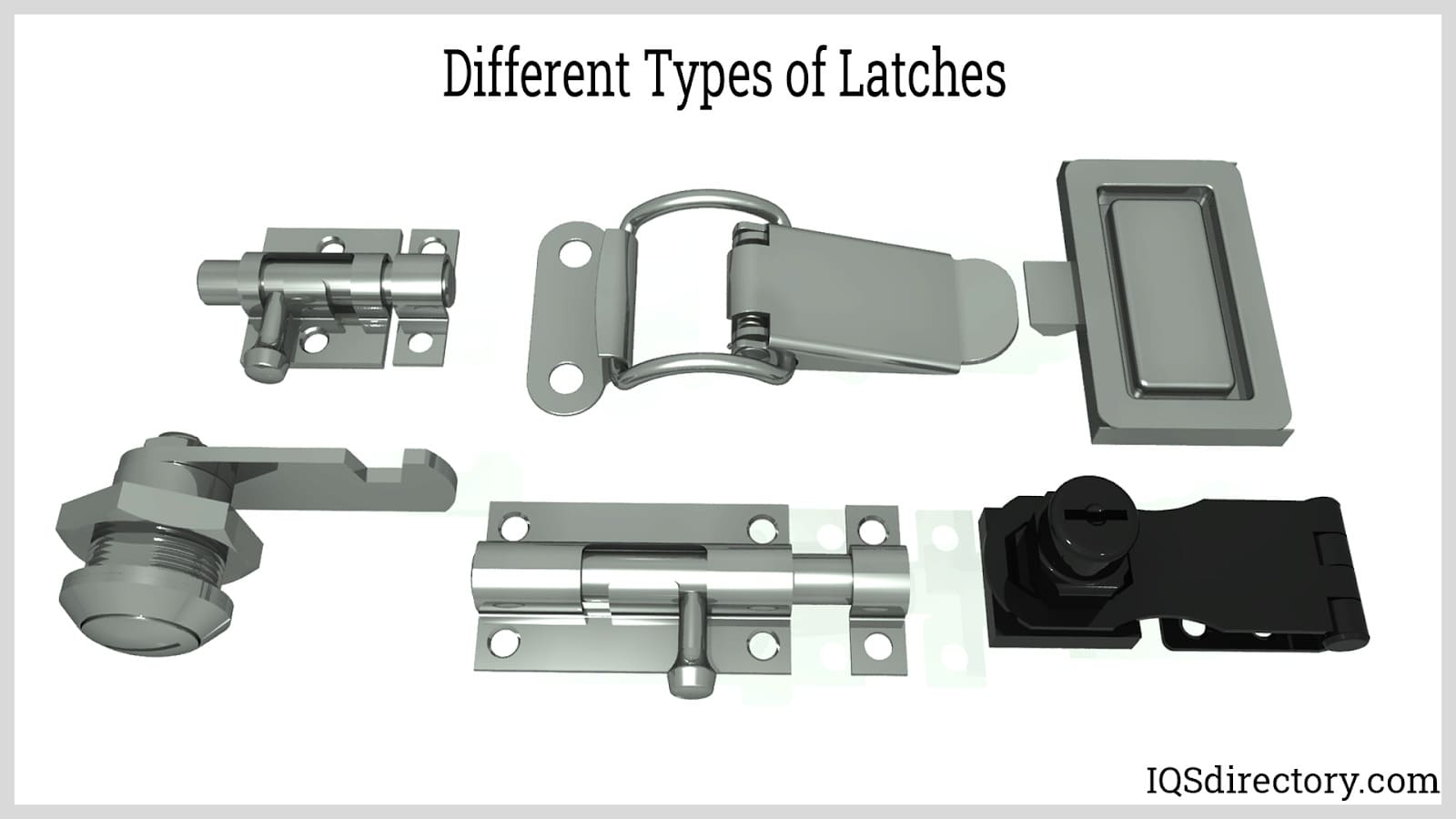
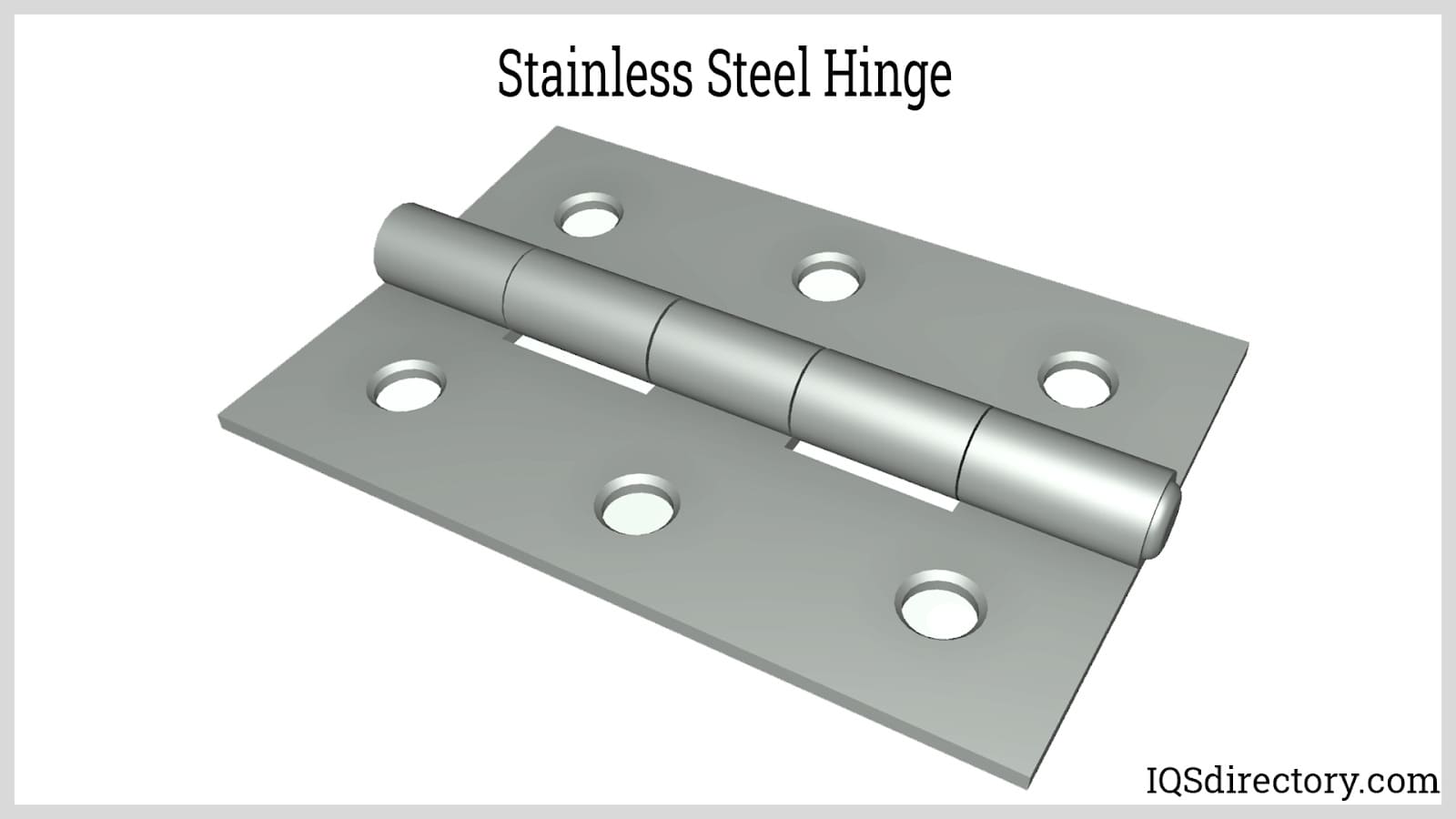
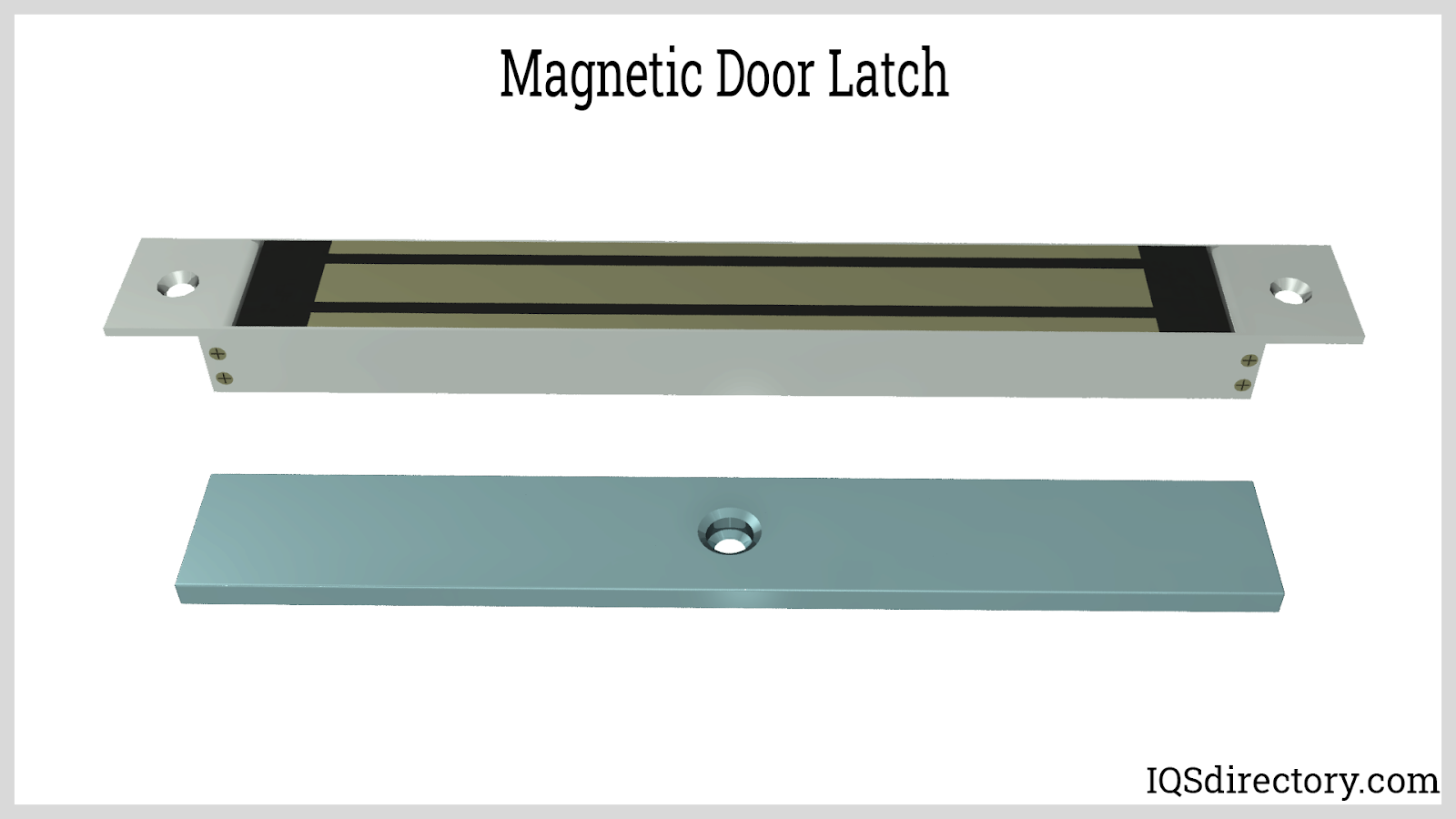

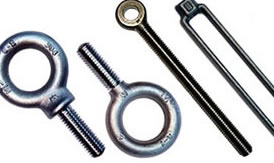 Bolts
Bolts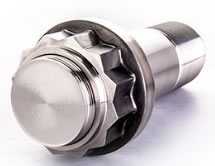 Fasteners
Fasteners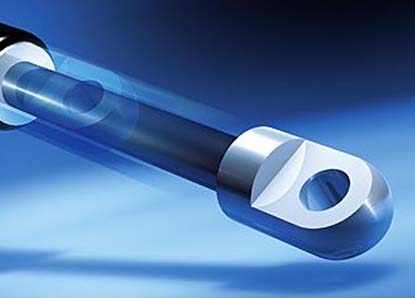 Gas Spring
Gas Spring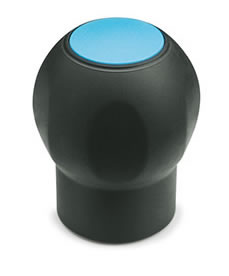 Handles
Handles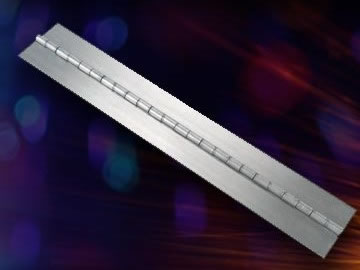 Hinges
Hinges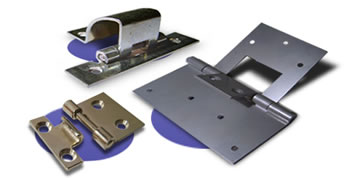 Latches
Latches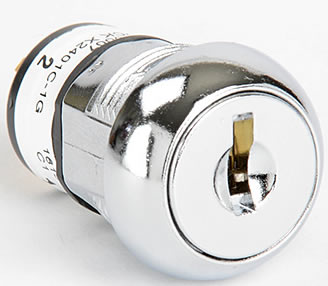 Locks
Locks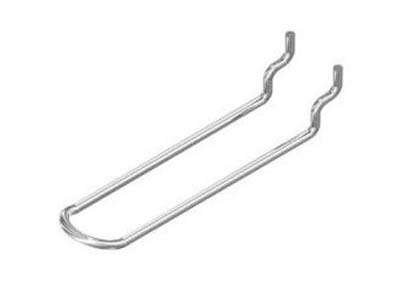 WIre Hooks
WIre Hooks Castings & Forgings
Castings & Forgings Bulk Material Handling
Bulk Material Handling Electrical & Electronic Components
Electrical & Electronic Components Flow Instrumentation
Flow Instrumentation Hardware
Hardware Material Handling Equipment
Material Handling Equipment Metal Cutting Services
Metal Cutting Services Metal Forming Services
Metal Forming Services Metal Suppliers
Metal Suppliers Motion Control Products
Motion Control Products Plant & Facility Equipment
Plant & Facility Equipment Plant & Facility Supplies
Plant & Facility Supplies Plastic Molding Processes
Plastic Molding Processes Pumps & Valves
Pumps & Valves Recycling Equipment
Recycling Equipment Rubber Products & Services
Rubber Products & Services